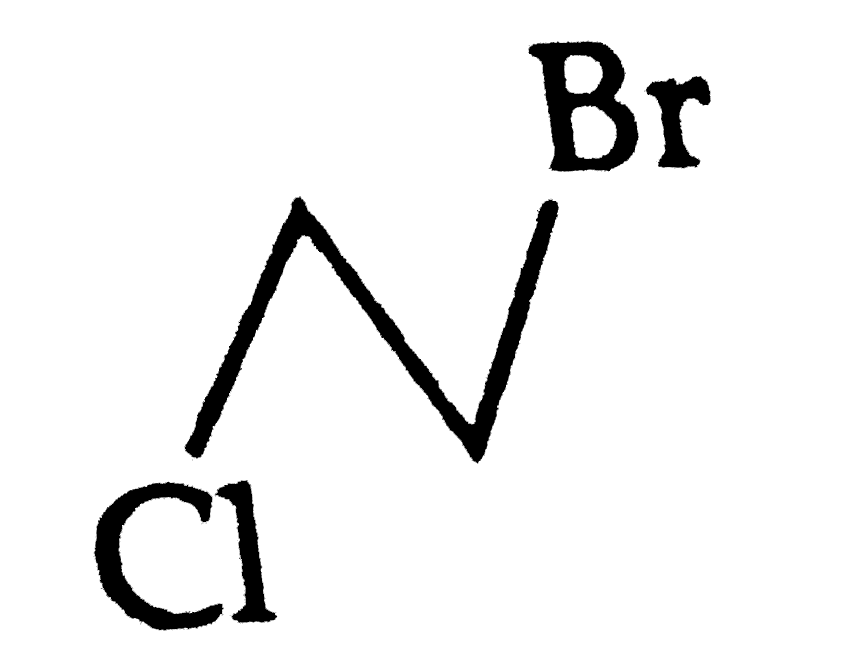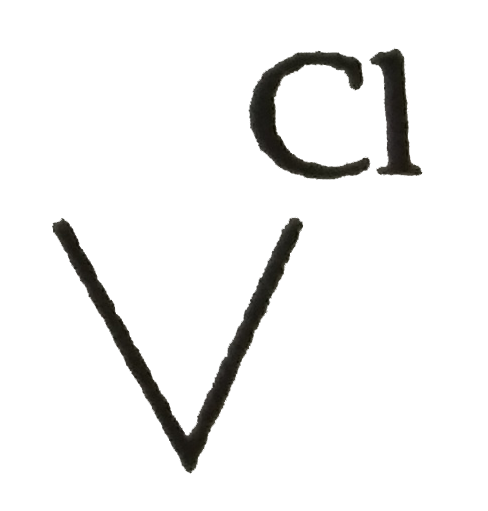Which one has asymmetric C-atom
The correct Answer is:B, C
To determine which compound has an asymmetric (chiral) carbon atom, we need to identify the carbon atoms in each option and check if they are bonded to four different groups or atoms. A chiral carbon atom is defined as a carbon atom that is attached to four different substituents.
1. Identify the Carbon Atoms: Look at each option provided in the question and identify the carbon atoms present in each structure.
2. Analyze Substituents: For each carbon atom identified, analyze the groups or atoms attached to it. We need to check if all four substituents are different.
3. Check for Chirality:
- Option 1: Check the carbon atom. If it has two identical groups, it is not chiral.
- Option 2: Check the carbon atom. If it has four different groups (e.g., methyl, bromine, ethyl, and hydrogen), it is chiral.
- Option 3: Similarly, check the carbon atom here for four different groups.
- Option 4: Check the carbon atom. If it has two identical groups, it is not chiral.
4. Conclusion: After analyzing all options, determine which options contain chiral carbon atoms.
Final Answer:
From the analysis, we find that:
- Option 2 has a chiral carbon atom (attached to methyl, bromine, ethyl, and hydrogen).
- Option 3 also has a chiral carbon atom (attached to methyl, bromine, ethyl, and hydrogen).
- Option 1 and Option 4 do not have chiral carbon atoms.
Thus, the options that contain asymmetric carbon atoms are Option 2 and Option 3.
- Option 1: Check the carbon atom. If it has two identical groups, it is not chiral.
- Option 2: Check the carbon atom. If it has four different groups (e.g., methyl, bromine, ethyl, and hydrogen), it is chiral.
- Option 3: Similarly, check the carbon atom here for four different groups.
- Option 4: Check the carbon atom. If it has two identical groups, it is not chiral.
From the analysis, we find that:
- Option 2 has a chiral carbon atom (attached to methyl, bromine, ethyl, and hydrogen).
- Option 3 also has a chiral carbon atom (attached to methyl, bromine, ethyl, and hydrogen).
- Option 1 and Option 4 do not have chiral carbon atoms.
Topper's Solved these Questions
- GENERAL ORGANIC CHEMISTRYBOOK - ERRORLESS CHAPTER - GENERAL ORGANIC CHEMISTRYEXERCISE - Reasoning type questions
5 Videos
- GENERAL ORGANIC CHEMISTRYBOOK - ERRORLESS CHAPTER - GENERAL ORGANIC CHEMISTRYEXERCISE - Comprehension type questions
6 Videos
- GENERAL ORGANIC CHEMISTRYBOOK - ERRORLESS CHAPTER - GENERAL ORGANIC CHEMISTRYEXERCISE - JEE Section (Only one choice correct answer)
85 Videos
- GASEOUS STATE BOOK - ERRORLESS CHAPTER - GASEOUS STATE EXERCISE - JEE SECTION JEE (Advanced) 2018 Numeric answer type question
1 Videos
- HALOGEN CONTAINING COMPOUNDBOOK - ERRORLESS CHAPTER - HALOGEN CONTAINING COMPOUNDEXERCISE - Critical Thinking (Jee (Advanced) 2018)
1 Videos
Similar Questions
Knowledge Check
The number of asymmetric C-atom created and number of possible stereoisomers when benzil (Ph CO CO Ph) is reduced with LiAlH4.
A2,3B2,2C2,4D3,2Which of the following has asymmetric carbon atoms ?
A B
B C
C D
D
Which of the following has asymmetric carbon atom
ACH2−Cl−CH2−BrBCH3CH(COOH)CH2CH3CCH3CHCl3DCH3CHO
Which of the following has asymmetric carbon atom?
View SolutionOxidation of allyl alcohol with a peracid gives a compound of molecular formula C3H6O2 which contains an asymmetric carbon atom. The structure of the compound is
View SolutionGlucose has_____ asymmetric carbon atom.
View SolutionWhich of the following have asymmetric carbon atom?
View SolutionWhich of the following have asymmetric carbon atom?
View Solution
